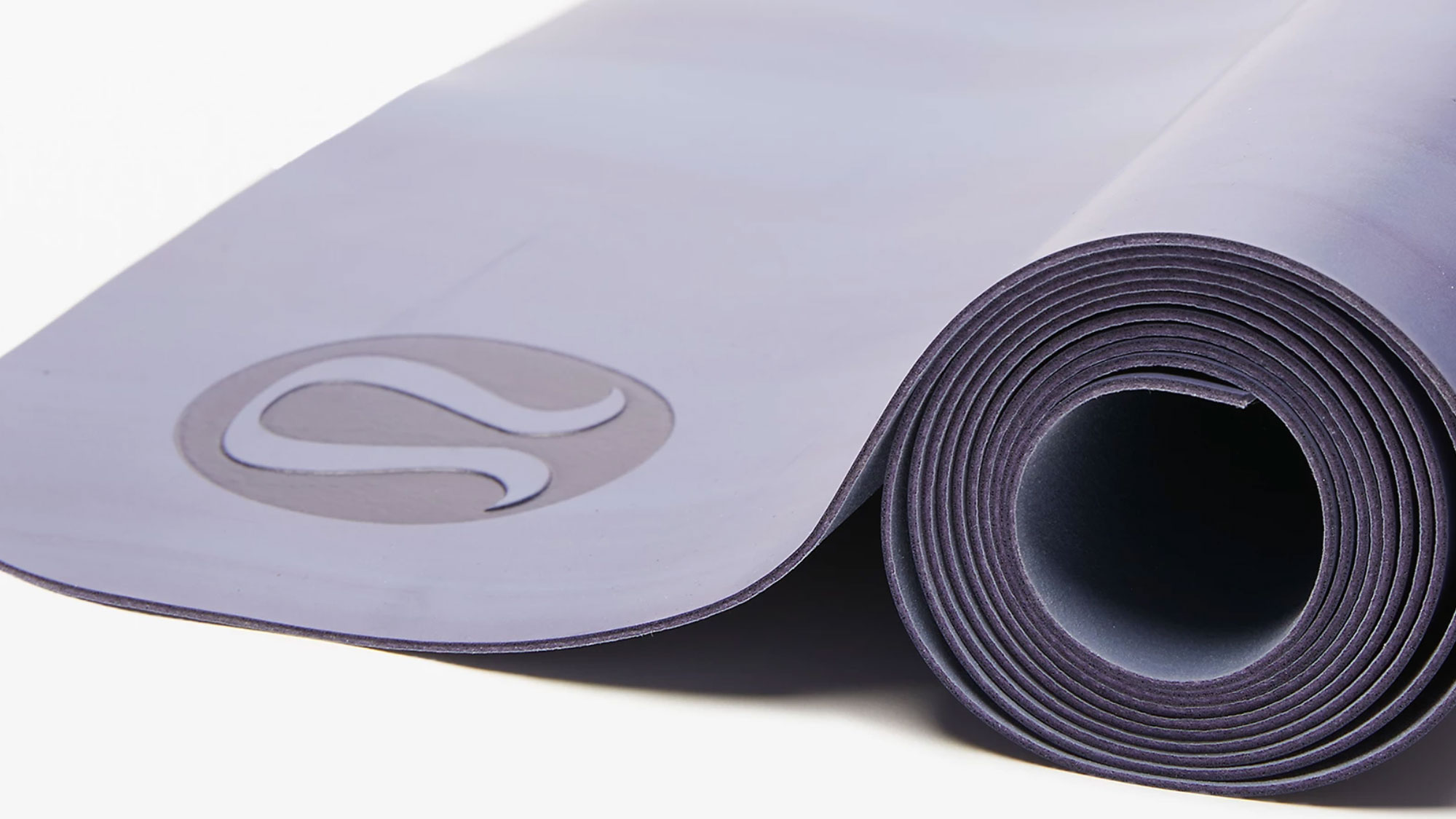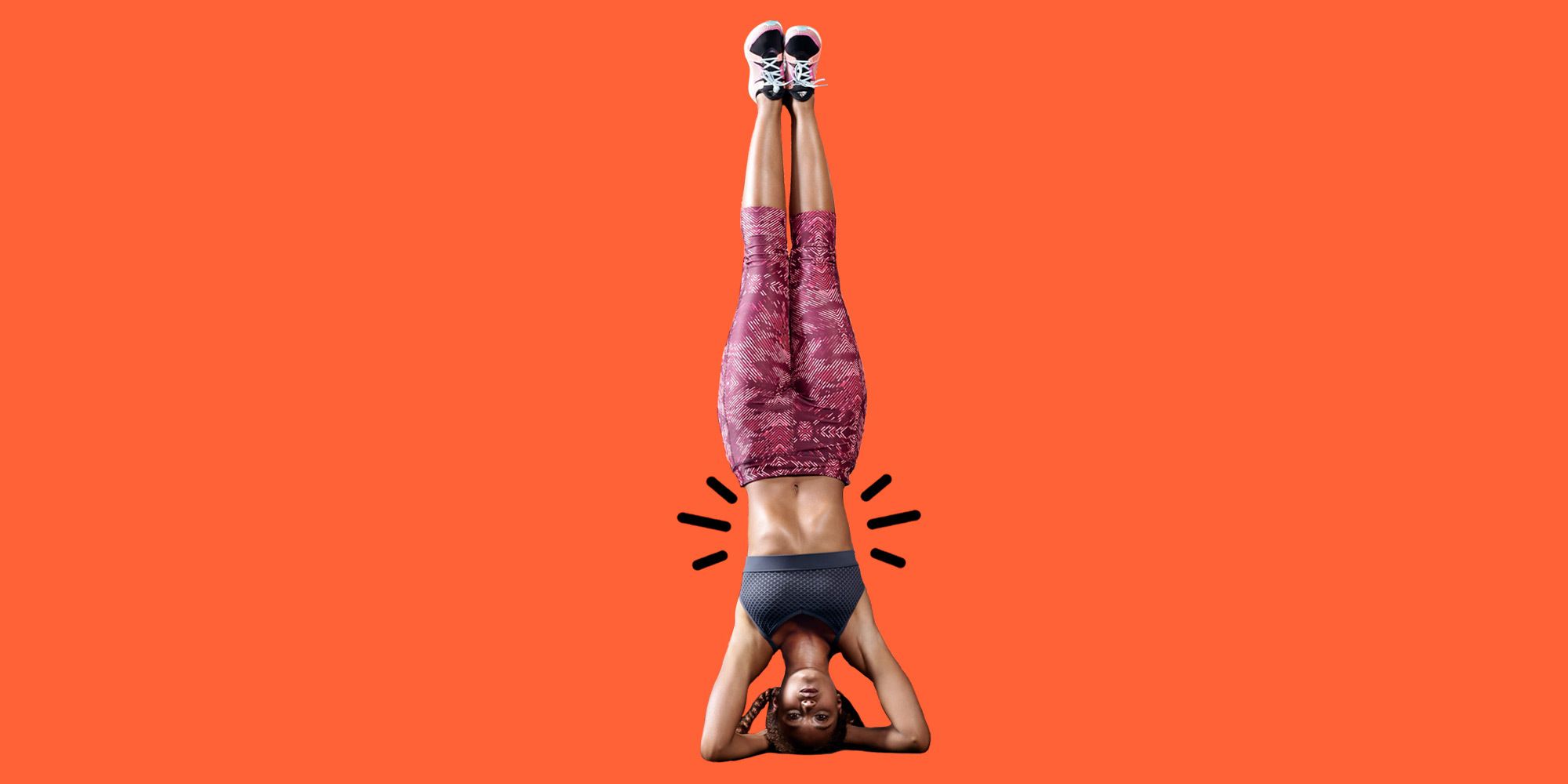
Menstruation Yoga focuses on positions that can reduce pelvic pain. Standing straight, the feet should be placed at hip width. The hands should be interlaced behind your back. The torso should not be straightened, the front of your pelvic region should be forward and your neck should gently roll backward. If you have a problem with your neck, you can perform the pose with your palms pressed together. It is possible to interlock your fingers, but not touch them.
Balasana has many benefits for pain relief and discomfort. This pose is especially beneficial for those suffering from backache due to their period. It helps to relax the body. It should be avoided by pregnant women and people suffering from knee problems or diarrhea. Your top thighs should be turned inwards. Once you have performed the asana correctly, take a deep breath and relax. You should stay in this position for no less than 30 seconds.

The apana or inversion is a popular yoga pose during menstruation. This movement encourages the blood to flow from the vagina towards the Fallopian tubes. Inversions help to stop retrograde menstruation, which can be a major reason for endometriosis. This posture may be more common in women who practice it regularly than those who do not.
Ardha Chandrasana can also be used to ease your menstrual pain. This position stretches the abdominal area and reduces cramps. You can perform it with your legs straightened or while standing. While this may be uncomfortable for you, it's safe during your period. This yoga move can help you combat stress, anxiety, and mild depression. This exercise has many benefits.
Women can suffer from the inversions of menstruation yoga. If you practice them at this time, you could be at risk for developing endometriosis. It is a condition that causes endometrial tissue to grow on your body. Inversions can cause vascular congestion, especially on days with heavier flows. Avoid inversions during your period. This practice is beneficial for a woman's overall health and the well-being of her groin.

Yoga poses can help relieve menstrual cramps for women who are experiencing them. This pose is also known to benefit women who suffer from back pain. While it is not suitable for pregnant women, this pose can be beneficial to them. The most used menstruation position is the reclining bend. It is comfortable and convenient for nursing women as well as pregnant women. It can also increase the quality of women's lives.
Dandasana is the most effective menstruation yoga position. The woman must sit on her heels, with her left leg against her thigh. Then, she bends her body by twisting her torso to firm up her pelvic region. Next, her head will touch the left knee. She can also hold her feet by bending her elbows, holding them high with her hands.
FAQ
What is a good 7-day workout schedule?
A seven-day exercise program should consist of three days per week of cardiovascular training (running, biking, swimming), two strength exercises (using free weights, weight machines), and one flexibility/core workout (yoga, Pilates). It is important to complete each activity at least once weekly. The total time for each session should not exceed 45 minutes.
Cardiovascular Exercise: Running/Biking/Swimming
Your goal is to exercise at least 60 minutes each week. Aim for 75 minutes per week to get the best results. Cardio exercises can increase blood flow and stimulate the growth of muscles.
Strength Training
Cardio exercises focus on the heart and lungs while strength training targets muscles and bones. Strength training helps you burn calories even while resting.
Flexibility & Core Workouts
Flexibility and core workouts are great ways to strengthen your entire body. Yoga and Pilates are both excellent choices.
What's a good routine for a daily workout?
Regular exercise is essential to staying fit. It doesn't matter what type of fitness activity you choose as long as you do it regularly. Consistency and consistency are the keys to success. To achieve success, you need to persevere for a long time.
Begin by walking for a few minutes each day. Gradually increase your exercise time until you are able to spend 30 minutes per day. You can do this running, swimming weight training, yoga or aerobics classes.
Try to get active every day. Don't miss any sessions unless you have an excuse.
Make sure to wear appropriate clothing and footwear for outdoor exercise. It is important to take into account the weather conditions, and how they may affect your ability to exercise safely.
Make sure that you drink plenty of water while you're exercising. Drinking alcohol during exercise can cause dehydration. Also, avoid caffeinated drinks such as coffee, tea, and cola. They may give you energy, but they will also dehydrate you.
When you first start exercising, you might feel tired after completing your workouts. You'll feel more energetic and refreshed if you keep going with your exercise program.
What if I exercise and drink alcohol?
Yes. Alcohol increases energy expenditure, speeds up recovery times, and reduces soreness.
It also increases insulin sensitivity. This makes it easier and faster to absorb glucose.
Alcohol can also cause dehydration which can lead to a slower metabolism. Also, alcohol can reduce testosterone production, which may lead to lower muscle-building potential.
These are the reasons women should not drink alcohol before going to work out. Women who drink heavily should wait at the least 24 hours before exercising.
The best thing for women who are pregnant is to avoid alcohol.
Men should have no more than one drink per day.
Is it true that kidney stones can be caused by overeating protein?
Protein is important for maintaining healthy bones and tissue. Consuming too much protein can result is calcium excretion via urine. This can cause kidney stones.
It's important to note that not everyone gets kidney stones after eating more than 2 grams of protein per kilogram (2.2 pounds) of body weight. High amounts of protein can be consumed by some people without causing kidney stones.
By watching how much sodium you consume, kidney stones can be prevented. Sodium regulates the body's water balance. A high level of sodium can increase the risk of developing kidney stone.
If you have kidney stones, you can reduce your intake of protein. The majority of adults need protein for half their daily caloric needs. Reduce your intake of protein and you will likely lose weight.
If you do decide to eat more protein, don't go overboard. Try to eat less than 20% protein in total calories.
Are you a cardio-exercise fan?
Cardiovascular exercise can have many benefits. It increases blood circulation, strengthens the heart muscle, boosts stamina, aids in weight loss, and gives you more energy.
Cardiovascular exercise includes running, biking, hiking, swimming, tennis, basketball, soccer, volleyball, football, etc.
Cardio exercises should be avoided at high intensity levels. This could cause injury.
If you feel fine, only do the cardiovascular exercise.
Do not push yourself to the limit. If you do, you might injure your self.
It is important to warm up before you begin any cardiovascular exercise. Start slowly increasing your intensity.
Always listen to your body. You should stop immediately if you feel any pain while doing cardiovascular exercise.
After a cardiovascular training session, it is recommended that you take some time to relax. This allows your muscles to recuperate.
To lose weight, you should include cardiovascular exercise in your daily routine.
It is the best method to lose calories and reduce belly weight.
Statistics
- According to the American Heart Association, blood pressure should be checked at least once every two years, beginning at age 20. (my.clevelandclinic.org)
- The PRS enabled risk stratification for overall prostate cancer and lethal disease with a four-fold difference between men in the highest and lowest quartiles (HR, 4.32; 95% confidence interval [CI], 3.16-5.89). (pubmed.ncbi.nlm.nih.gov)
- By John Thompson Take a whopping 38% off a set of PowerBlock Pros. (menshealth.com)
- Get free shipping and 25% off today. (healthline.com)
- Are You One of the 20% of Guys (mh.co.za)
External Links
How To
What should you eat before you go to work?
For weight loss, you should eat fewer calories per day than you burn during exercise. You should also consume all nutrients.
This includes protein, carbohydrates fats, vitamins and other nutrients.
You can do this by eating smaller meals throughout your day instead of three large ones.
It is possible to not do as well if your body is too full when you work out.
Water is better than energy drinks that contain sugar and caffeine. This will keep your body hydrated and energized.
You should ensure that you get enough fluids. Too much water can dilute your electrolytes.
For proper functioning, the body requires electrolytes.
Sports drinks are an option if you don't have water. They are high in potassium, sodium, calcium, magnesium and other minerals.
These electrolytes can be replenished by this method. However, these won't replace any electrolytes that you might have lost from sweating.
If you're worried about losing too much salt during exercise, you could take a multivitamin pill.
These products contain more vitamin B6, which regulates the level of sodium in the body.
Supplements shouldn't be used if you don’t know how much salt is in food and beverages.
They are not subject to regulation by the Food and Drug Administration.
Certain brands of sports drinks might contain more sodium than others.
Some sports drinks could even contain artificial sweeteners. These can cause problems with the digestive system.
Sea salt is an option if you don't want to eat too much salt.
It contains fewer chemicals that table salt.
Sea salt also has low levels of iodine which is another mineral that is essential for healthy thyroid function.